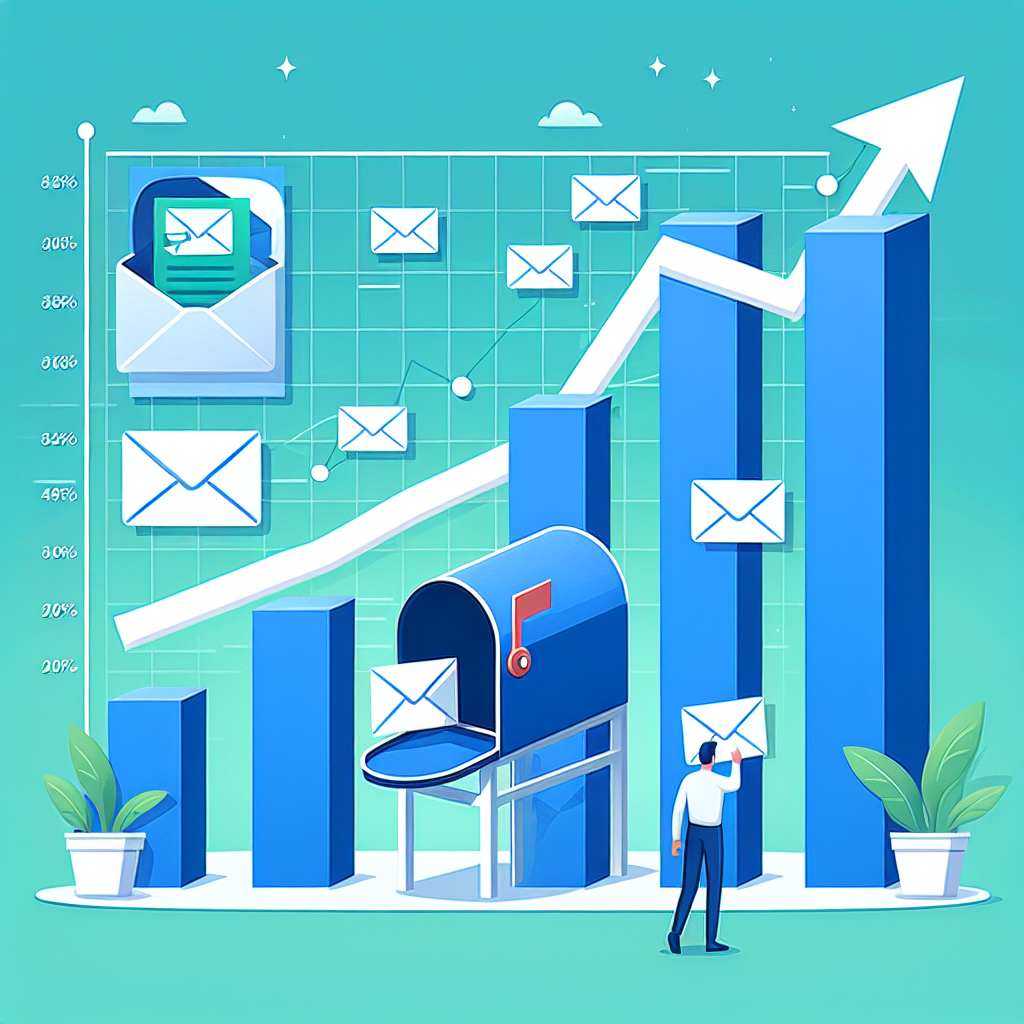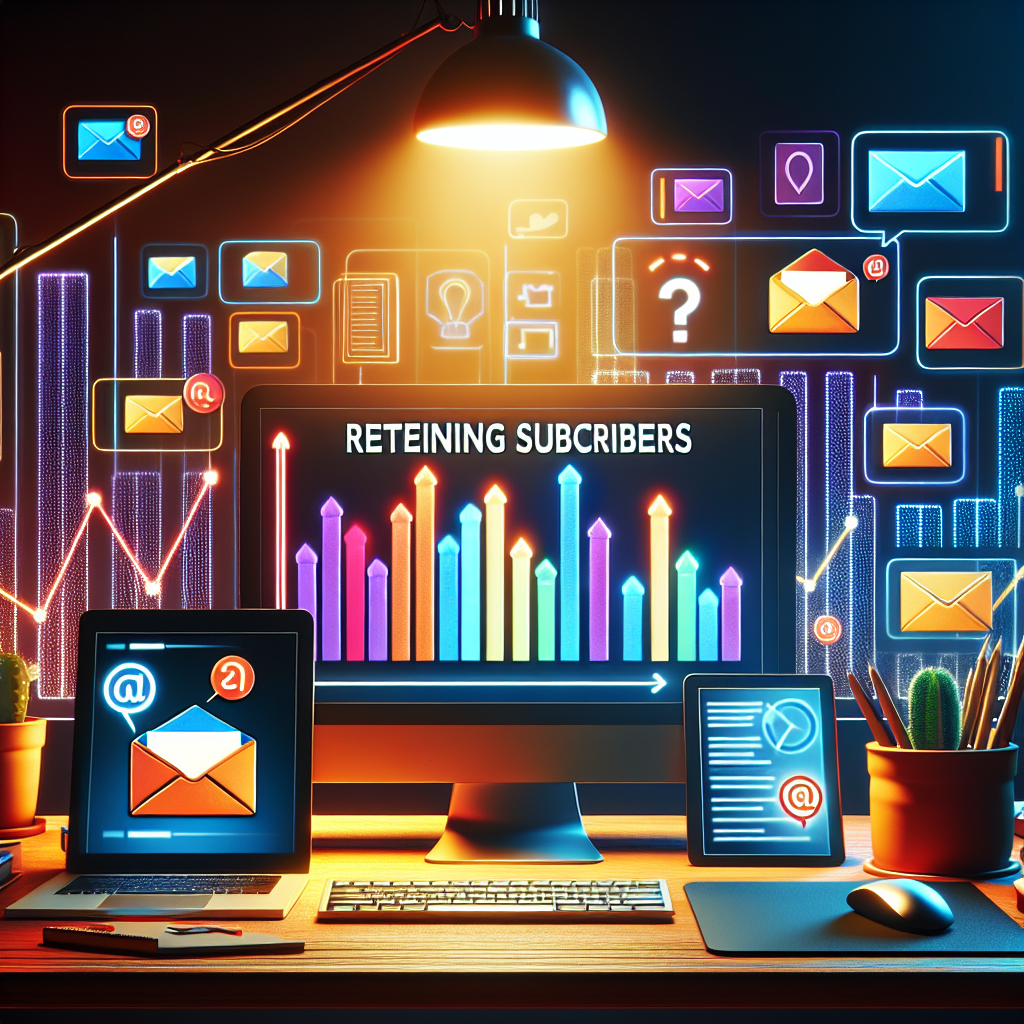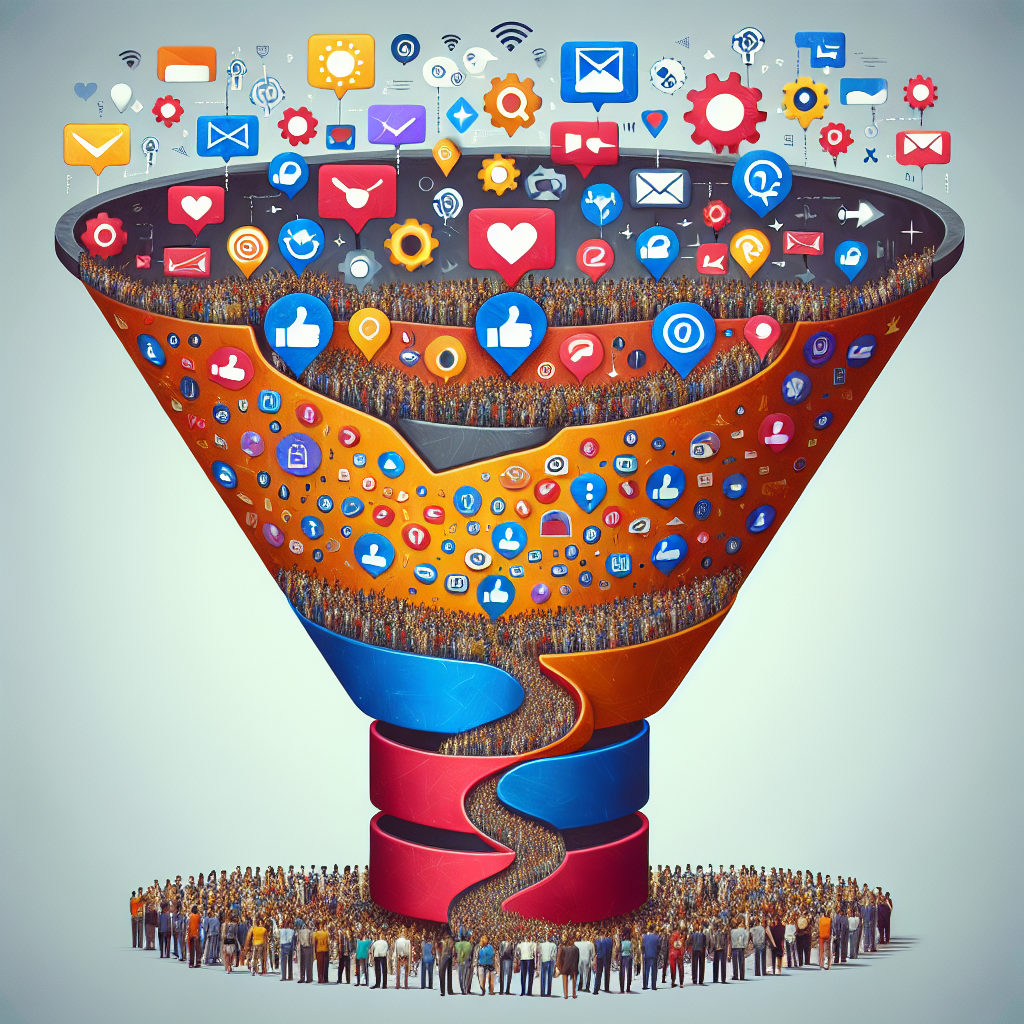From Inbox to Open: Proven Tactics for Increasing Your Email Open Rates
In the fast-paced world of digital marketing, email remains a powerful tool for communication and engagement. However, with the sheer volume of messages vying for attention in inboxes every day, getting your emails opened can feel like an uphill battle. Whether you’re a small business looking to connect with customers or a marketer promoting a new campaign, understanding how to improve your email open rates is critical to achieving your goals. Here, we explore proven tactics for increasing your email open rates and ensuring your messages make it from the inbox to the open. Understanding Email Open Rates Before diving into tactics, it’s essential to understand what email open rates are and why they matter. The open rate is the percentage of recipients who open an email out of the total number of recipients who received it. A low open rate can indicate issues with subject lines, sender reputation, or targeting. Typically, industries see open rates between 15% and 25%, though this can vary widely by sector. Improving your open rates not only enhances engagement but also increases the potential for conversions. 1. Craft Compelling Subject Lines Your subject line is the first—and often only—thing a recipient sees before deciding whether to open your email. An effective subject line should be: Concise: Aim for 6-10 words to ensure full visibility, especially on mobile devices. Engaging: Use action verbs and evoke curiosity. Questions or intriguing statements can pique interest. Personalized: Incorporate the recipient’s name or other personalized elements to create a connection. Example: Instead of “April Newsletter,” try “[First Name], Discover What’s New This April!” 2. Segment Your Audience Segmentation is crucial for sending relevant content to the right audience. By dividing your email list into targeted groups based on demographics, purchase history, or engagement levels, you can tailor your messages to better resonate with each segment, thereby increasing the likelihood of opens. Tactics for Segmentation: Demographics: Age, gender, location, etc. Behavioral Data: Opens, clicks, purchases, or website activity. Customer Journey Stages: New subscribers, loyal customers, or lapsed customers. 3. Optimize Send Times The timing of your email can significantly impact open rates. Testing different send times can help identify when your audience is most likely to engage. Generally, studies suggest that weekdays, particularly Tuesdays and Thursdays, yield higher open rates, but this can vary based on your audience’s habits. Actionable Tip: Monitor analytics to find patterns in engagement based on send times and adjust your strategy accordingly. 4. Maintain List Hygiene A clean, engaged email list is the backbone of effective email marketing. Regularly purging inactive subscribers and ensuring that your email list is up to date not only improves open rates but also helps maintain your sender reputation. Best Practices: Remove Inactive Subscribers: Consider a re-engagement campaign to win back inactive subscribers before removing them. Use Double Opt-In: This ensures only interested parties remain on your list. 5. Personalization Beyond Names While personalizing emails with the recipient’s name is a great start, you can take it further by using data to customize content based on interests, behaviors, and previous interactions. Personalized emails can improve open rates by making recipients feel that the message speaks directly to them. Examples of Personalization: Product Recommendations based on past purchases Dynamic Content that reflects the recipient’s preferences Location-Based Offers for local events or sales 6. A/B Testing Regularly conduct A/B tests on various elements of your emails, especially subject lines and send times. Testing allows you to identify what resonates most with your audience and refine your approach accordingly. Elements to Test: Subject Lines: Different phrasing, length, or emojis. Preview Text: The text that appears in the inbox alongside the subject line. Call-to-Action phrases: Words that encourage opening the email. 7. Build Anticipation with Teasers Creating a sense of anticipation by teasing content can generate interest and improve open rates. Consider using your emails strategically around special events, product launches, or seasonal offerings. How to Create Teasers: Sneak Peeks: Preview what’s inside the email or upcoming promotions. Countdowns: Use countdowns for limited-time offers to entice opens. Conclusion Increasing your email open rates requires ongoing experimentation and adaptation. By employing these proven tactics, from crafting compelling subject lines to segmenting your audience, you can enhance your email marketing effectiveness. With a strategic approach, your emails can transition from mere entries in the inbox to engaging conversations that drive action and foster loyalty. The journey from inbox to open is just the beginning—once opened, your emails can lead to significant engagement and conversions, helping you achieve your marketing goals.










